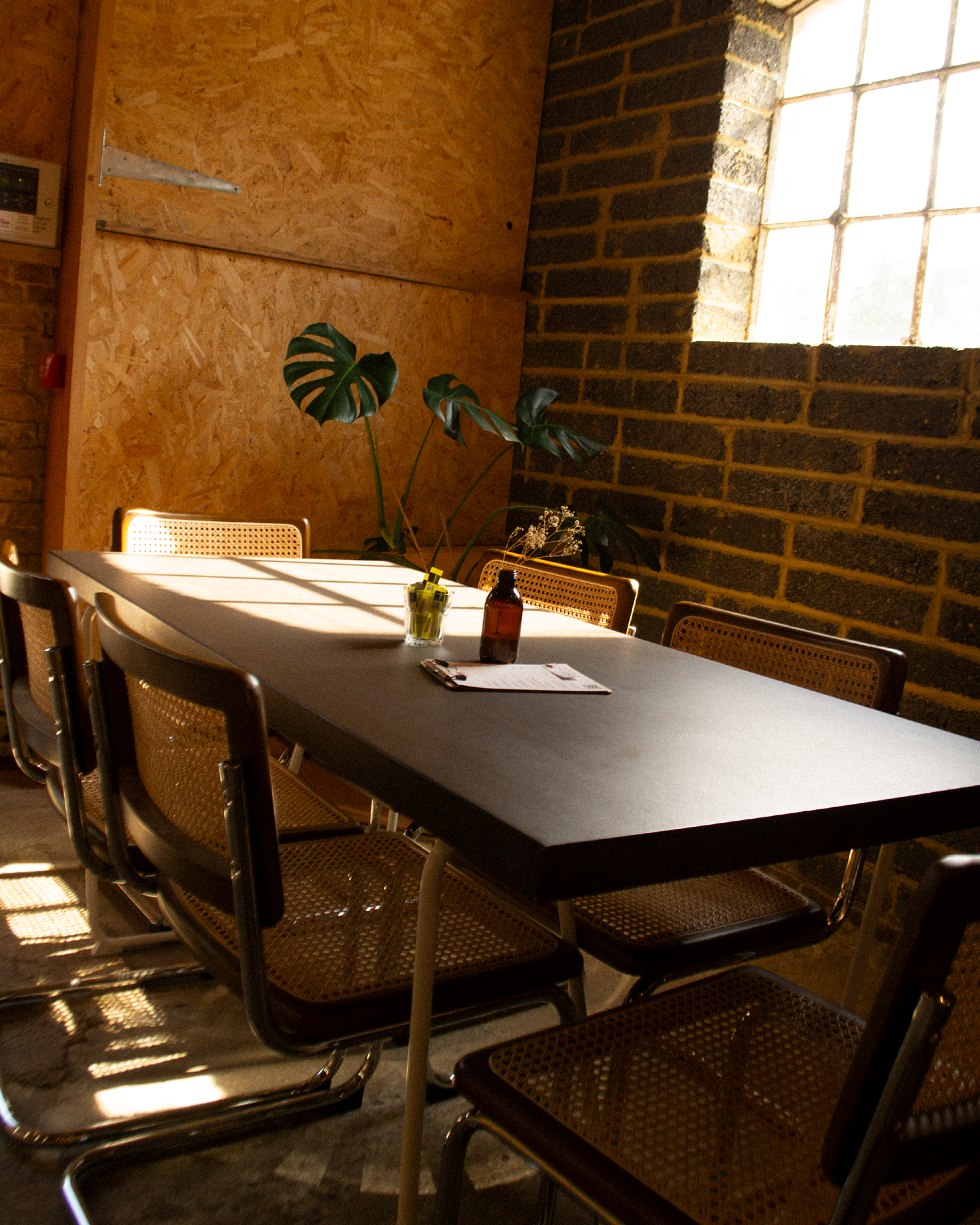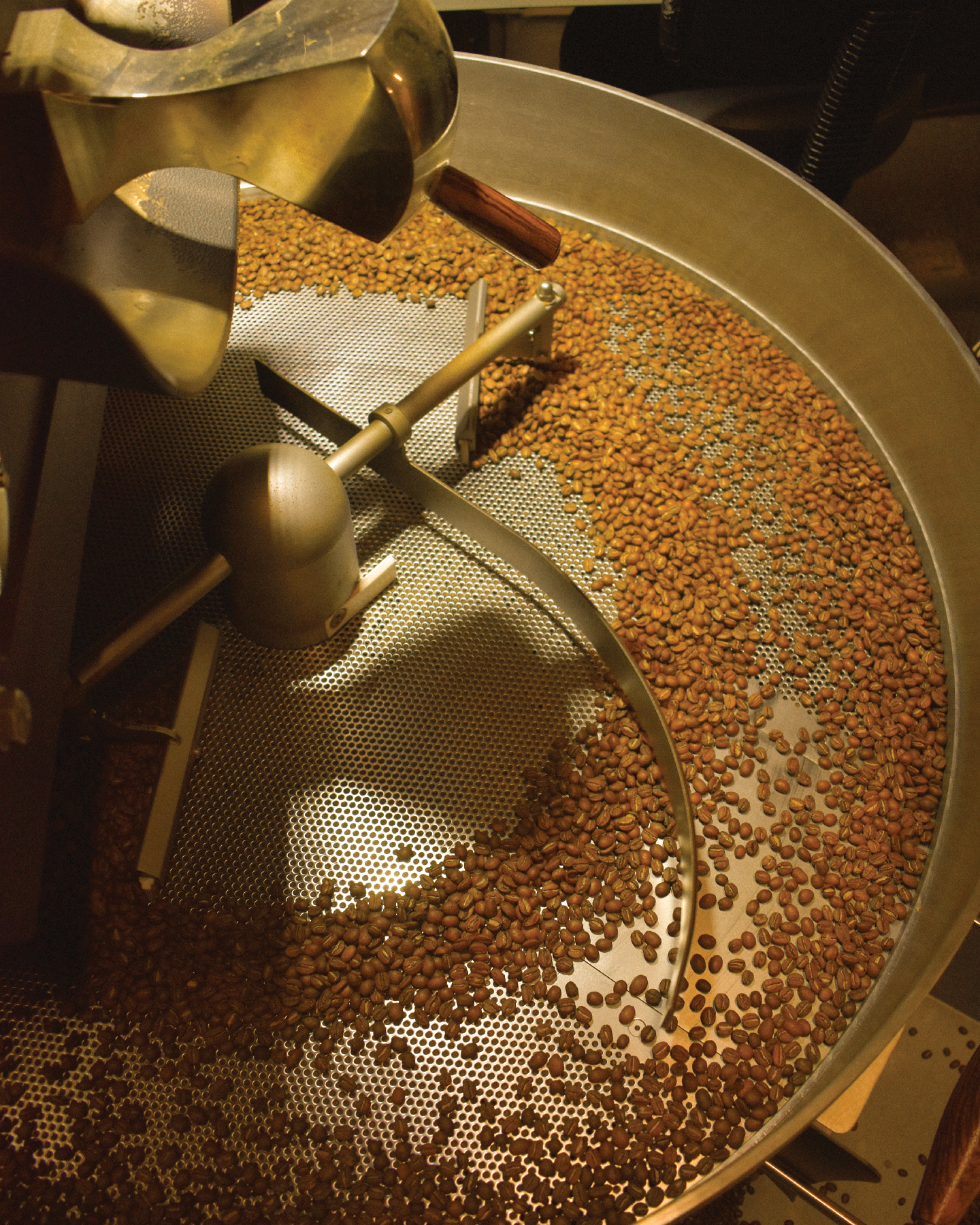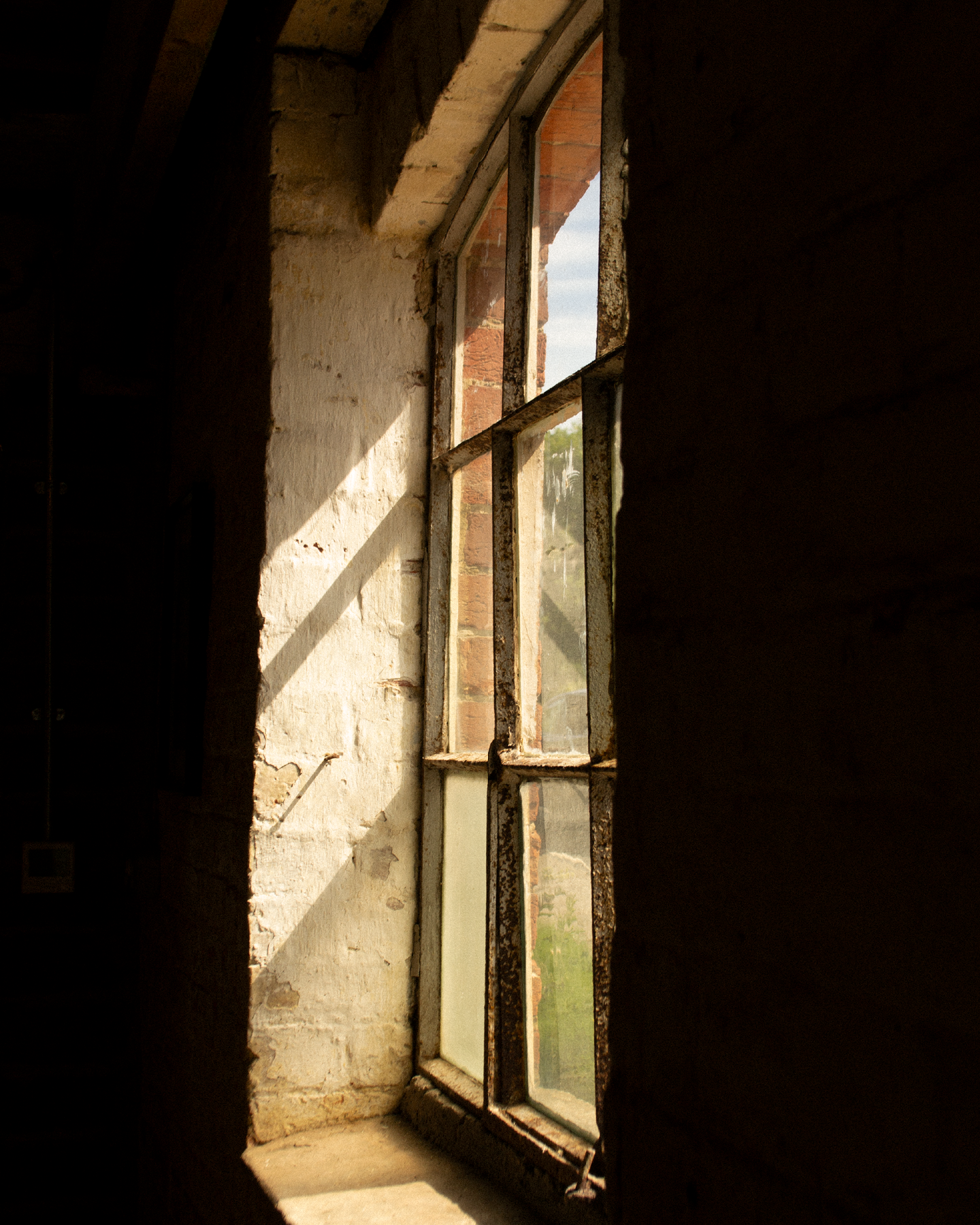
Coffee Q’s: What’s a Process?
Share
You see it on the coffee labels, the info post cards and mentioned around the store, but what is a washed, natural or honey process, and what does it mean to what you get in a cup?
There are three main traditional processes when sourcing coffee: Natural, Washed and Honey. If you were to take a single origin and processed it in each different way, you would get surprisingly different results and altered effect on the final brewed product. Each process has an important hand to play in the texture, the smell and the main flavour notes you find in every cup.
 Drying beds in Honduras
Drying beds in Honduras
Natural Process:
This is usually a big favourite among those who really appreciate rich, fruity flavours and it is also the oldest form of processing. The coffee cherry is spread out in a thin layer to dry in the sun, either over a raised bed or a brick platform depending on the farm or region of origin. The cherries are turned periodically to prevent moulding, over fermentation or rotting, and when completely dried the husk is removed by machine, and then stored and rested before exporting. A popular method in Brazil and Ethiopia where there’s little rainfall - it was once regarded as a lesser method and used in cheaper coffee varietals, but is now being adopted by more coffee growing regions - as when done with care - can make a really great cup of coffee.
There’s definitely a divided opinion with the natural process, you get much bolder fruit flavours, but also due to the longer drying process you can get some very strong wild fruit/raisin or wine-like flavours from it as well. Although some don’t find these aspects as enjoyable, it’s a great introduction to the diversity you can get from a cup of coffee. It’s always an interesting and fun one to roast, and is always wonderfully fragrant even as a green bean (how coffee comes before roasting). It is definitely a firm favourite with us here at Garage.

Coffee Cherries
Washed Process:
This is the most common process you will find as it capable of maintaining consistent quailty in all climates. The coffee cherry flesh is partially removed through a machine called a depulper, and then sent to a large container of water where the remaining cherry that was left on will aid fermentation. The time which the beans are left to ferment can vary from 24 to 72 hours depending on the region’s climate - any longer than this will have negative effects on the overall flavour. After the fermentation process is complete, the green coffee bean will be washed again to full remove any remaining fruit flesh, and is set out to dry - either using a machine or left outside in the sun on raised beds like the natural process.
You will find very clean, bright and crisps flavours more prevalent with this method – more of the citrus/white grape notes and with an overall sweeter acidity. This method has proved most popular with farmers due to the decreased chance of defects appearing in the green bean, but is the most expensive due to the amount of water involved.
 Finca Guadelupe Zaju: Coffee Cherry to Green Bean
Finca Guadelupe Zaju: Coffee Cherry to Green Bean
Honey Process:
This utilises a more refined version of the Natural process mostly found in El Salvador and other Central America countries. The Coffee cherry is put through the depulper, but left with a specific amount of the fruit remaining - it is then laid out to dry on the brick platforms or raised beds. This gives more control over the fermentation process, and leaves less chance for over fermentation to occur. Once dries it’s then run through another machine to remove the remaining flesh before export. When done in the right way this should give the coffee a mix of the best attributes found in both Natural and Washed Processes, retaining that sweetness of a Natural and the clean, floral notes of being Washed.
The coffee you can get using a honey process is often attributed a colour reference to indicate how much fruit pulp was left on the bean as it dried. Black is the most fruit left on - and the closest to a Natural, then red, yellow and finally white - closest to a Washed. You can find a variant of this used in Brazil which is called Pulped Natural- this is when the bean is washed after the fermentation process to fully de-pulp the bean.
 El Salvador Honey Process Green Bean
El Salvador Honey Process Green Bean
While these three processes are the most common, there are more out there. The reason the coffee is put through all of this - aside from the flavour properties they provide - is to prevent rot setting in while it is in its green bean form. The green bean can be left in this stage for a substantial period of time (12 months at least) with no sign of change and can still be roasted with the same result.
If you want to know more about this or the other processes out there come in and have a chat with any of the baristas in our shops or email me sam@garageroasted.co.uk – we'd love to chat more about it or answer any other questions you might have about single origins and speciality coffee.
You may even see your question as the subject in the next Coffee Q's article.




